Customer engagement examples to inspire every stage of the customer journey
Published on November 20, 2025/Last edited on November 20, 2025/13 min read
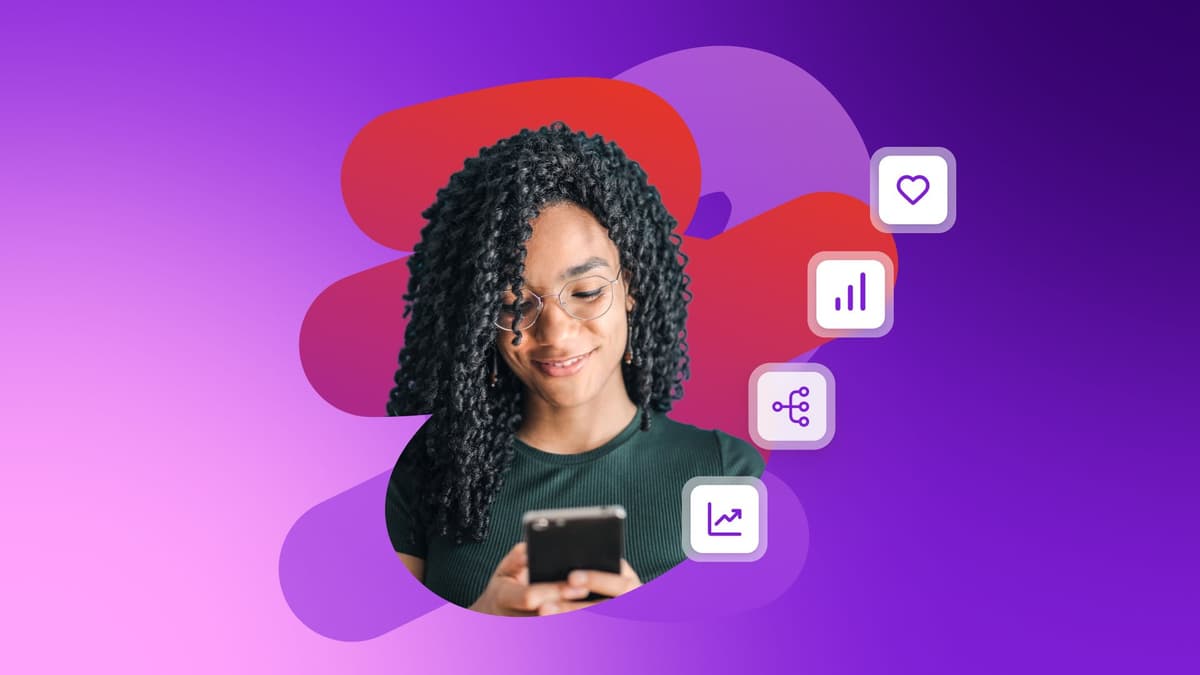
Published on November 20, 2025/Last edited on November 20, 2025/13 min read

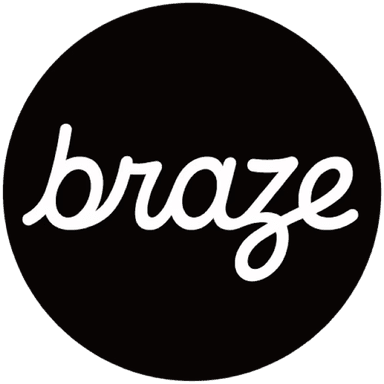
Ninety-one percent of retailers now use technology to add emotional resonance to their messaging because customer expectations are high. That push toward relevance at scale is what successful customer engagement delivers, turning meaningful moments across the journey into value for both customers and brands.
Powered by real-time data, strong programs increase loyalty and reduce churn. In this article, we’ll discuss what strong customer engagement looks like, share insight into customer engagement strategies, and provide a wealth of customer engagement examples to inspire.
Contents
What does customer engagement mean?
Customer engagement strategy examples
13 customer engagement use cases
Real-life customer engagement examples
Final thoughts on customer engagement examples
FAQs about customer engagement examples
Customer engagement is how brands build ongoing relationships throughout the entire journey—not through a single campaign, but across every useful touchpoint. The strongest programs share a few traits:
When these pieces come together, brands turn everyday customer interactions into an improved customer experience, which can lift many metrics, from customer retention to revenue to customer lifetime value.

A strategy sets direction, and tactics execute against that strategy. There are lots of ways to increase customer engagement, but it's important to note the difference between these two.
The following customer engagement strategy examples show how areas of the customer lifecycle can be approached with a strategic overview to maximise the opportunities for growth.
Welcome new users with tailored checklists, in-app tips, and timely nudges based on what they have or haven’t done, for higher activation and stronger retention.
Orchestrate journeys from first purchase to repeat use and win-back campaigns. Trigger messages based on key events and milestones so context carries through the customer journey.
Coordinate email, push, in-app, SMS, and web channels. Match channels to the moment—for example, alerts via push, education by email, quick actions in app—so each touchpoint advances the next step.
Spot inactivity early, address friction with education or support, and experiment with timing and channel to bring customers back.
Make progress visible, celebrate milestones, and prompt redemptions or tier moves with relevant offers that reinforce habits.
Use holdouts and A/B tests to validate content, timing, and channel mix. Ship the winners, archive the rest, and keep a clear read on incremental lift.
Suggest the next best product, feature, or content using real-time behavior and preferences, updated as customers interact.
Ask for ratings and surveys at meaningful moments, acknowledge what you heard, and communicate proactively about outages, delays, or fixes.
Turn receipts, confirmations, and status updates into guidance on what to do next—how to use the product or service, what to try, or when to replenish.
Below are practical examples and models used across different industries to improve customer engagement. Each one highlights opportunity, a concise strategy, and key takeaways you can adapt to your tech stack, audience, and goals.
Guide prospects from awareness to purchase with sequenced campaigns that build trust over time. Mix channels to stay present without adding noise.
You’ve captured interest, but the lead isn’t ready to buy and may go cold without steady, relevant touchpoints.
Build a staged workflow that starts broad with education, adds social proof, then introduces conversion prompts. Coordinate email, in-app, and ads.
Help new users find value fast with tailored checklists, tips, and nudges based on what they have—or haven’t—completed.
New users stall when early steps feel unclear or high effort.
Trigger messages off setup events, show progress in app, and remove friction with short, contextual guidance.
See personalized onboarding in action.
Detect early inactivity and respond with education, support, or well-timed offers.
Interest fades quickly when options feel overwhelming or irrelevant.
Use inactivity windows and affinity data to present low-effort, high-fit choices before discounting.
See churn reduction in action.
Recover intent with timely, contextual follow-ups that make the next step easy.
Shoppers abandon due to friction, uncertainty, or poor timing.
Trigger off cart and product events, add inventory and shipping context, and cap frequency to protect trust.
Upgrade your abandoned cart emails with these ideas.
Make progress visible, celebrate wins, and prompt redemptions that reinforce habit.
Members forget benefits or fail to notice how close they are to rewards.
Use tier and points attributes to trigger milestone messages and clear calls to redeem.
Get more inspiration for quick service restaurants.
Turn receipts into relationships by guiding setup, use, and the next need.
Customers drop off after purchase when they don’t see ongoing value.
Follow the ownership timeline with helpful content, then soft-sell replenishment or complements.
Understand the customer lifecycle and how to grow value at each stage.
Reduce anxiety and support volume with timely, transparent updates.
Silence during service issues erodes confidence and loyalty.
Use event-driven triggers and webhooks to deliver status, options, and make-goods in real time.
See real-time personalization leveraged in the travel and hospitality industry.
Match the next best product, feature, or content to current intent.
Generic content lowers engagement and opt-in value.
Use affinities and recency to populate dynamic slots across channels.
Reduce churn by giving subscribers flexible options and timely guidance instead of a hard cancel path.
Opportunity
Many cancellations are timing or product-fit issues, not true churn intent.
Strategy
Detect cancel signals early, present low-friction alternatives (skip, pause, swap), and follow up with education tied to goals and preferences.
Key takeaways
Find out more about retention analytics.
Increase course completion by pairing progress visibility with timely nudges and bite-size next steps.
Learners stall when the next step feels unclear or too big.
Use progress events to trigger concise prompts, surface small wins, and schedule nudges when learners typically study.
Learn how to enhance engagement in higher education.
Reinforce healthy routines with progress visuals and timely prompts.
Motivation wavers without visible progress and timely support.
Anchor customer communications to user-set goals and routines, with quick wins early on.
Discover how Sonder unlocked the full potential of personalized care.
Kick off customer relationships with a short sequence that sets expectations and drives the first key action.
Sign-ups stall before the first meaningful action.
Sequence messages around setup milestones and role-based content; spotlight one task at a time.
See how Canva drove new feature adoption with personalized messaging.
Connect digital browsing with in-store actions to lift conversion and repeat visits.
Gaps between channels create friction and drop-off.
Use order, location, and inventory data to time messages around pickup and post-purchase moments.
Read how connecting physical and digital retail experiences are reshaping consumer behavior.
The following examples show how brands applied customer engagement marketing strategies with clear outcomes across channels and stages of the journey.
KFC Spain is known for bold, witty marketing. When years of fry complaints threatened brand loyalty and love, the team paired a better recipe with a data-driven apology—using Braze to turn skeptics into advocates.
Fries drew thousands of negative reviews. Even with a reformulated product, a standard relaunch risked missing lapsed customers who had rejected the old fries.
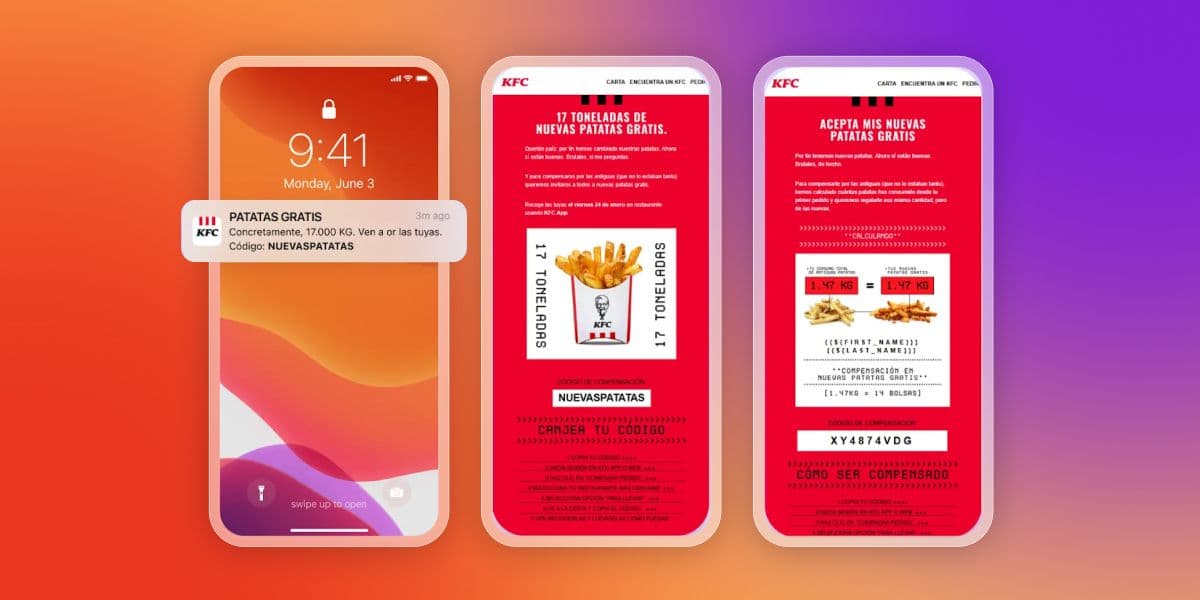
Use data for redemption. KFC identified every customer who’d bought fries and sent individualized “Fries Compensation” offers across email, in-app, and push. Braze custom attributes and webhooks generated tailored rewards, coordinated fulfillment via APIs (including kiosks), and tracked redemptions—while the brand publicly acknowledged past customer feedback across social and out-of-home (OOH) advertising.
Snoonu—a fast-growing Qatar tech company across delivery, q-commerce, and last-mile—wanted deeper engagement in its Snoomart grocery vertical without a long build. The team shipped a light-lift, gamified experience that rewarded qualified orders and kept shoppers coming back.
Snoonu wanted to increase repeat orders and loyal customers in Snoomart with a compelling experience that could launch quickly and run reliably—without any heavy development cycles.
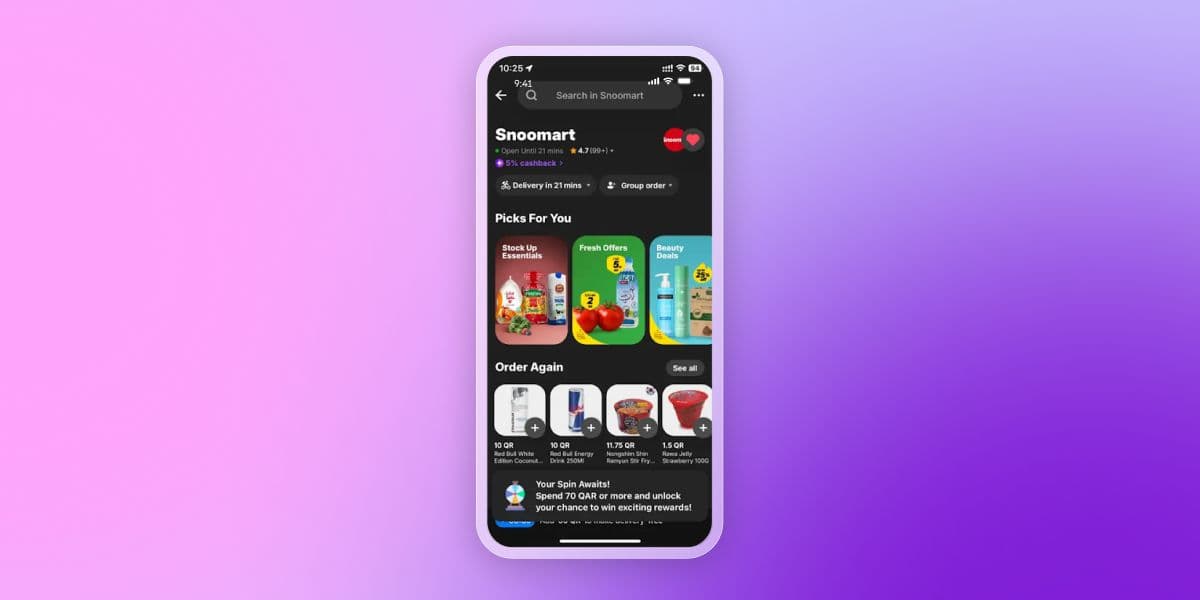
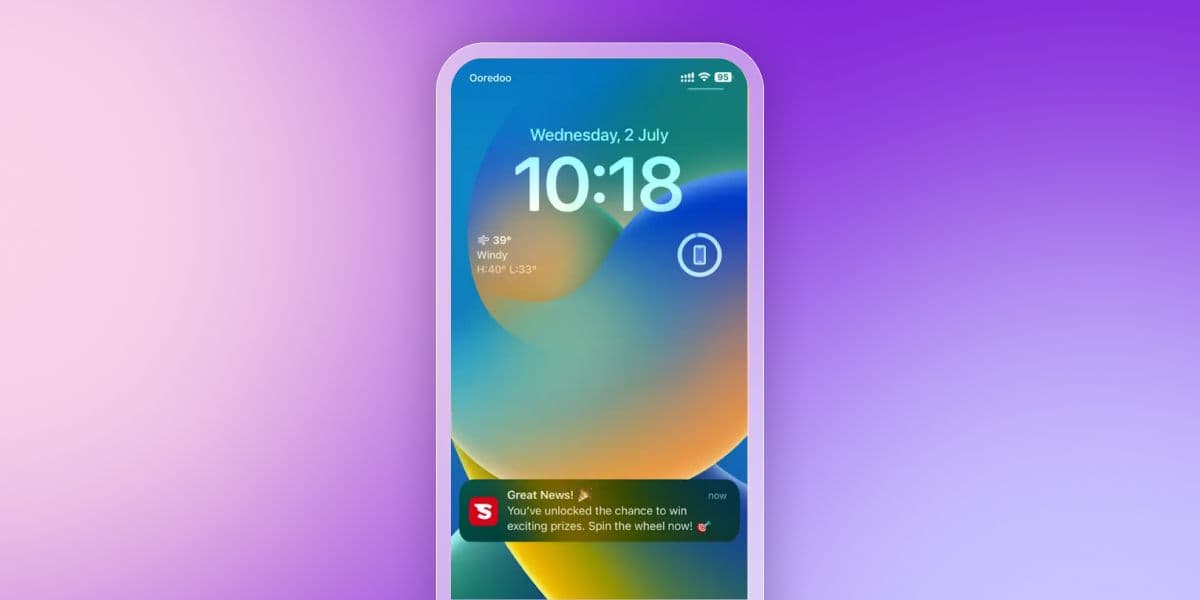
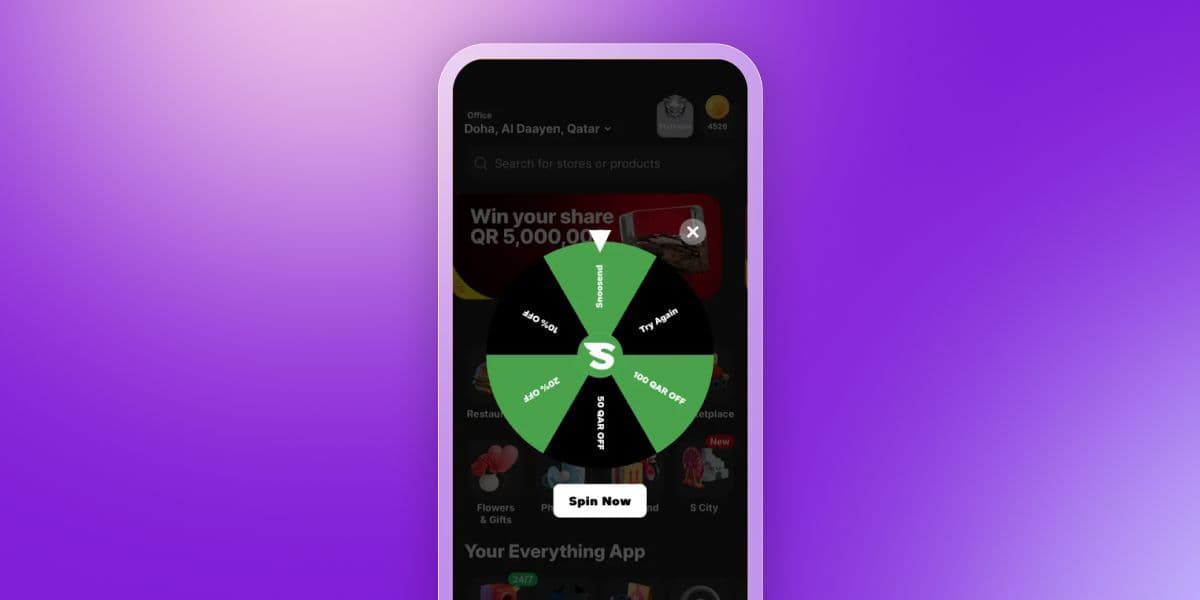
Build a “Spin the Wheel” journey with Braze. A slide-up encouraged baskets over 70 QAR. After delivery, push notifications invited customers back to spin an HTML in-app message. Webhooks and APIs issued instant rewards and wrote outcomes to custom attributes; changes triggered promo-code assignment automatically. One coordinated flow kept targeting, messaging, and fulfillment in sync.
Strong engagement programs share a clear pattern:
When teams connect those pieces, everyday touchpoints turn into measurable improvements in activation, retention, and revenue.
The examples above show how small, focused journeys compound—personalized onboarding, timely win-backs, loyalty nudges, and helpful customer service updates. Add steady experimentation and journey-level KPIs, and you’ll know what’s driving lift, not just activity.
If you’re mapping your next step, start with one moment in the lifecycle and a single success metric. Prove impact, then scale the pattern across channels and segments with a customer engagement platform.
Want more inspiration? Explore additional customer stories, and dive into journey orchestration to put these ideas to work.
Customer engagement refers to the ongoing interactions that create value and loyalty throughout the customer journey. Examples typically include a welcome series, personalized onboarding, cross-channel campaigns, re-engagement flows, loyalty milestones, and post-purchase education.
The four P’s often cited are purpose, personalization, platform, and performance—having a clear reason to engage, tailoring content and timing, using the right channels and data foundation, and measuring impact against business goals.
A practical example of customer engagement is a personalized onboarding journey that includes a welcome email, guides first actions in your app, and follows with helpful tips to speed time to value.
A common model highlights content, context, and cadence—useful messages, delivered with relevant timing, at a frequency that builds trust and results.
Sign up for regular updates from Braze.




